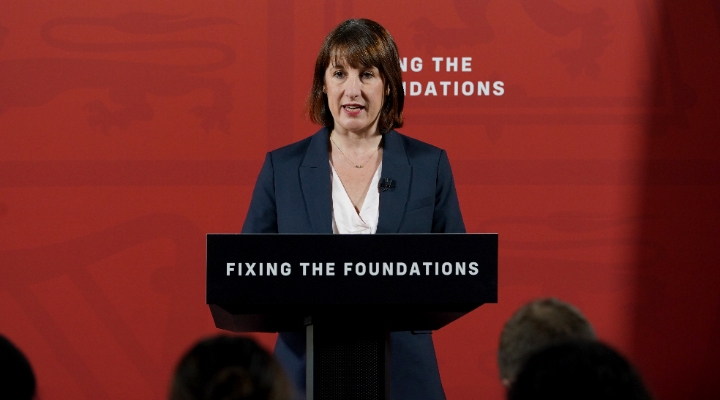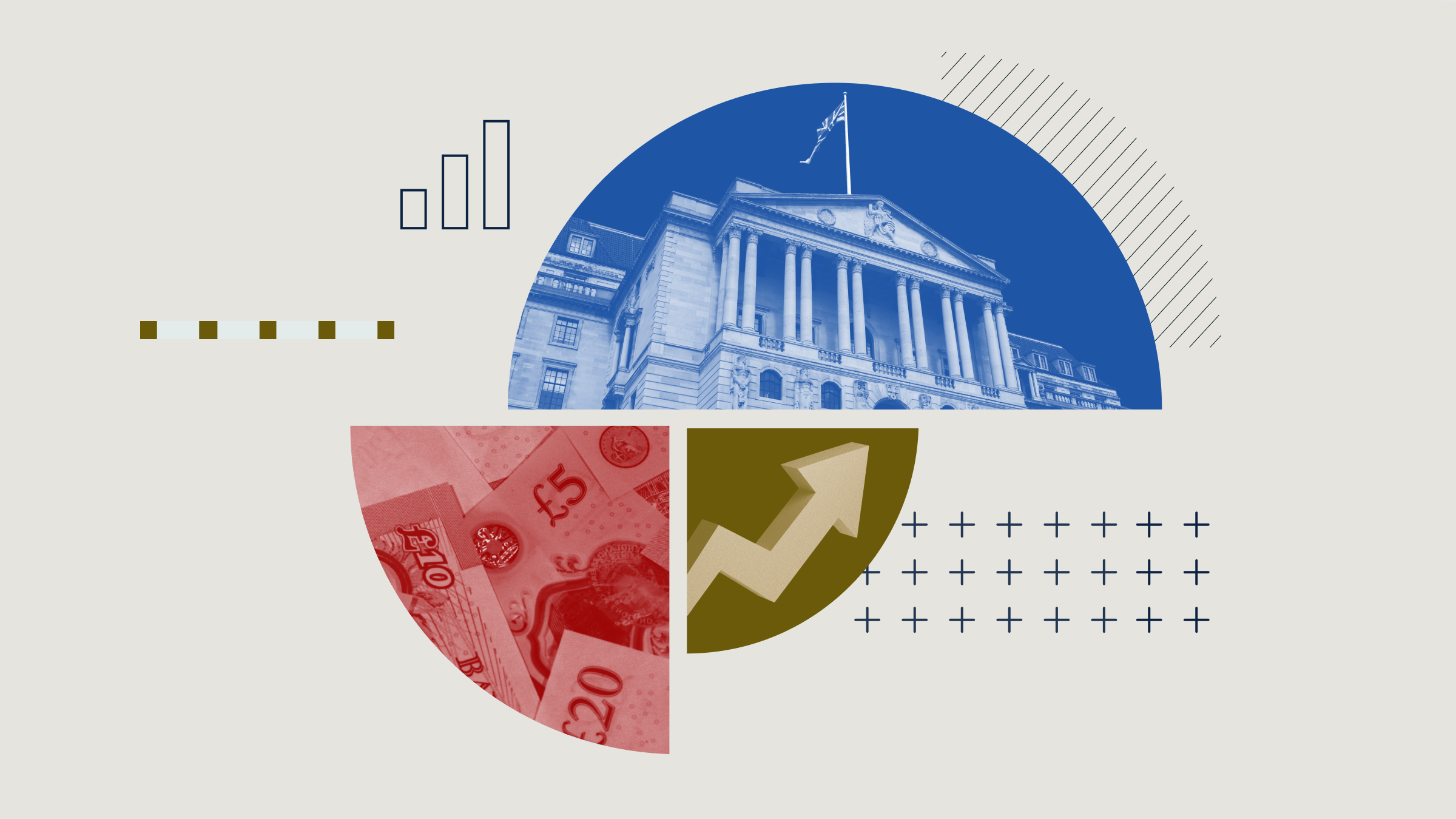
The US stock market is a notoriously difficult one for fund managers to beat and after a stellar year of performance that has never been more true. The latest Morningstar Active/Passive barometer reveals that just 0.8% of US Large-Cap Growth funds have managed to beat their benchmark over the past decade. This is down from 1.5% last year.
The annual study by Morningstar looks at where active funds are able to beat the index, and where investors might do better to pick a tracker fund.
In other US fund categories, however, the success rate is better - this rate is the proportion of funds in a category which have beaten the average return delivered by passive funds operating in the same sector. Indeed 15% of US value and 30% of US small-cap active funds have outperformed over the past decade.
Dimitar Boyadzhiev, senior analyst at Morningstar, says: “The Barometer is a useful measuring stick that can help investors calibrate the odds of succeeding with active funds in different areas based on recent trends and longer-term history.”
| Category | Success Rate (%) |
| UK Large Cap | 34.9 |
| UK Mid Cap | 72.7 |
| US Large-Cap Blend | 5.6 |
| US Large-Cap Growth | 0.8 |
| US Large-Cap Value | 15.1 |
| US Small-Cap | 30 |
| Asia Pacific ex-Japan | 10.5 |
| Global Emerging Markets | 30.6 |
| Global Large-Cap Blend | 6.8 |
| Global Large-Cap Value | 18.6 |
| Latin America | 38.7 |
| Japan Large-Cap | 12.2 |
| Japan Small/Mid-Cap | 41.2 |
| Europe ex-UK Large-Cap | 28.9 |
UK Funds do it Better
Investors should look elsewhere before they write off active funds altogether though. UK funds have fared much better than their American counterparts. Over the past 10 years, an impressive 72.7% of UK Mid-Cap Equity funds have beaten the average passive return – making it the category with the highest success rate.
But once again, size matters: the success rate for UK Large Cap Equity funds is only 34.9%, less than half their mid-cap counterparts. The large-cap part of the market tends to be harder to beat regardless of which country you look at, typically because it's a better-researched space where it's hard to gain an information edge. There are fewer investors and analysts looking at small-caps and a greater number of stocks, making it easier for an active manager to spot a hidden gem.
Other regions where active managers have had a decent success rate include Global Emerging Markets at 34.9%, Latin America at 38.7% and Japan Small and Mid-Caps at 41.2%. The latter two categories in particular have seen a marked improvement in their success rates, climbing by 7.3 percentage points and 4.8 percentage points respectively since the previous study a year ago.
A Call to Do More
All in all, the Morningstar Active/Passive Barometer shows that investors need to be choosy when deciding the categories where they should employ the skills of an active manager and where they would do better to track the stock market.
Boyadzhiev says that active managers need to do more if they don't want investors to lose faith in them, especially with such a wide range of cheap passive options now available.
He adds: “In theory, the early-2020 volatility caused by the Covid-19 pandemic should have been a once-in-a-decade opportunity for active managers to deliver excess returns, shielding investors from a vicious drawdown in global markets. In practice, only about half of active equity funds and a third of active fixed income funds bested their average passive peer during the first six months of the year.”



























